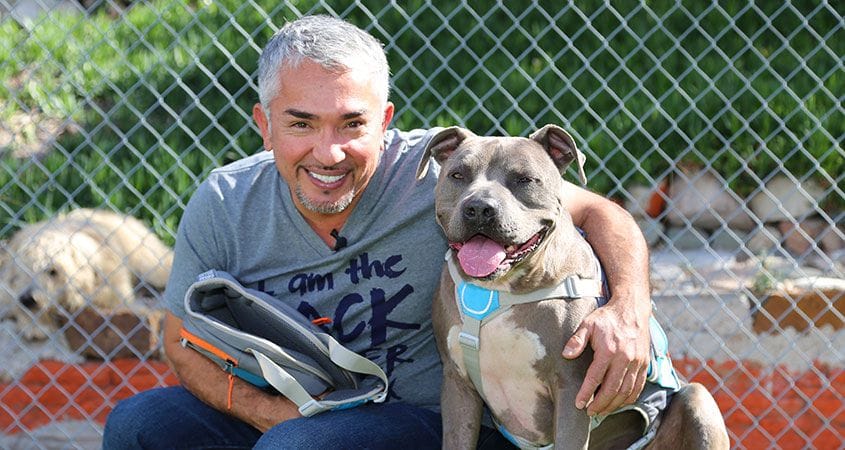Have you cut back on walks because the cold and snow is just too much for you and your pup?
Winter is a good time of year to consider a doggy backpack. You can maintain the daily exercise challenge your dog needs while reducing the time you both spend in the winter weather. Added weight makes the exercise of a shorter walk more intense, but even an empty backpack can provide a mental challenge.
Here are some general do’s and don’ts to get you started with the doggy backpack.
DO Select a Backpack Specifically Designed for Dogs
You want a backpack that can withstand the elements, carry objects, and keep your dog comfortable and safe. Look for one made with water-resistant, durable, and breathable materials.
Another important feature is proper padding. With added weight, there’s extra pressure on your dog’s chest and the straps, so check those areas to ensure your dog’s comfort.
DON’T Rely Solely on Your Dog’s Weight for Sizing
Measure around your dog’s chest to get the right fit. Use a cloth tape measure around the deepest part of your dog’s chest.
DO Start by Consulting Your Veterinarian
If you’re considering adding extra weight to the backpack, start by getting the okay from your vet, particularly for dogs that are seniors or have existing health issues.
For most dogs, 10% to 12% of their body weight is a good starting point. This would be 5 to 6 pounds for a 50 pound dog, or 2.5 to 3.0 kilos for a 25 kilogram dog, for example.
Of course, the right amount depends on a number of factors, such as your dog’s breed, physical fitness, and energy level. Some dogs can handle a heavier load, and others shouldn’t take on any extra weight though they may still benefit from carrying an empty backpack. These are all questions your vet can answer for you.
DON’T guess the weight of your backpack
After you’ve loaded the backpack, you may find that you accidentally went over the weight limit. Keep a scale in a convenient location, so you can always verify the load your dog is carrying before the walk.
DO get creative with what your dog carries
Many people stress about how to add weight to the backpack. Where do they find the right weights for their pup? There’s no need to get fancy. Make your dog useful: allow him to carry his ball, water bottles, poop bags, or other items you might need on the walk.
If you allow him to carry your keys or other pointy objects, make sure they aren’t poking into him and causing discomfort, and make sure that the weight is distributed equally on both sides of the backpack.
Bottles of water are a particularly great item for medium to large dogs, since you can adjust the number of bottles or amount of water to reach your target weight.
DON’T give up if your dog is initially resistant
Many dogs find the backpack strange at first and may try to get it off. Start by letting your dog get used to the backpack without any weight. Keep the experience short, and make it positive by associating the backpack with feeding time, treats, or praise.
Gradually increase the weight you allow your dog to carry. This is a good idea for both his safety and his general comfort with the backpack.
It’s important to note that ‘resistant’ isn’t the same thing as ‘in pain’. If you have any concerns about your dog’s ability to carry the backpack, remove it immediately, and consult your vet again.
DO cut back on the walk
Give your dog time to adjust to the new weight and develop the muscles to handle it. Generally, a 15-minute walk with a weighted backpack is equal to a 30-minute walk without. Keep this in mind when starting your new routine. If you want to build up to a longer time, that’s okay, but do so gradually. Give your dog time to build the muscles needed to handle the challenge.











